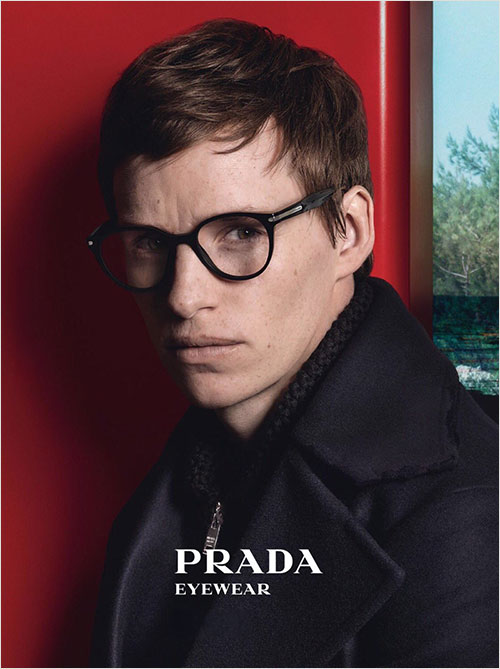Polarizer film, also known as polarization film or polarizing film, is an optical filter film that blocks light waves from a certain direction while allowing light waves from the perpendicular direction to pass through. This unique ability allows polarizer film to reduce glare, enhance contrast, improve optical clarity, and enable various optical effects. Read on and let’s explore more about them.
What is Polarizer Film?
Polarizer film is made of special materials that can polarize light waves. Unpolarized light waves normally vibrate in all planes perpendicular to the light’s direction of travel. Polarizing film uses its unique molecular composition to filter light waves so that the waves passing through vibrate only in one plane.
This polarization effect blocks intense reflected light like glare while allowing vivid transmission of light through the film. It enhances screening contrast, color saturation, image clarity and more based on the angle it’s viewed from.
How Does Polarizer Film Work?
The working principle relies on the polarization attributes of certain crystal structures. Back in the day, tourmaline and herapathite were used for manufacturing polarizer film. However, modern polarizer films mainly use PVA combined with TAC. These crystals demonstrate dichroism – differential absorption of light based on vibrational plane. The crystals are precisely aligned and set in transparent material like triacetyl cellulose (TAC).
As light travels through, waves oriented parallel to the crystals’ alignment plane get absorbed. Perpendicular waves pass through resulting in polarized light. By manipulating the crystal positioning, different polarizing axes can be achieved.
Types of Polarizer Film
There are two main types:
- Linear polarizer film – Filters light waves along a specific axis producing a linear polarization effect. Most commonly used variety.
- Circular polarizer film – Filters light waves in a spiral/circular manner. Achieved by pairing a linear film with a quarter wave plate. Creates unique optical effects.
They are further classified into various categories per application like display grade, photography grade, reflective, transparent and more. Each variety caters to specific industry needs like enhancing LCD displays, removing photography glare or creating special optical filters.
Applications and Uses of Polarizer Film
Polarizer film finds extensive applications across industries like displays, photography, sunglasses, machine vision and more. Some prominent applications include:
- LCD Displays – Boosts display contrast ratio and color definition. Almost all LCD screens use polarizer film precisely angled for maximum visibility.
- Photography Filters – Attached to the front of camera lenses, helps photographers shoot in challenging lighting without glare ruining the shots. Great for water, glass or foliage photography.
- Sunglasses – Polarized sunglass lenses use this film to cut reflective glare from water, roads, snow or glass to improve eye comfort and safety.
- Machine Vision -special polarizing filters help contrast object details like scratches, label registration or surface defects for precision inspection and quality checks.
- Science Experiments – Students can better understand polarization, wave transmission, optical phenomena and quantum mechanics concepts with these films.
From high-tech displays to simple experiments, polarizer film enables a remarkable ability to manipulate light for various benefits. Their unique properties have led to some truly creative implementations across many application fields with the potential for many more.
Final Words
Now you have a clear idea of what polarizer film is all about. Whether used in sunglasses, photography or LCD screens, polarizer film continues to showcase the wonder of light manipulation at the most fundamental levels. Anyone who needs to buy premium polarizing film sheet material can stick to a reputed retailer such as 3Dlens.com. Then you can find the right polarizer film to elevate your product.













